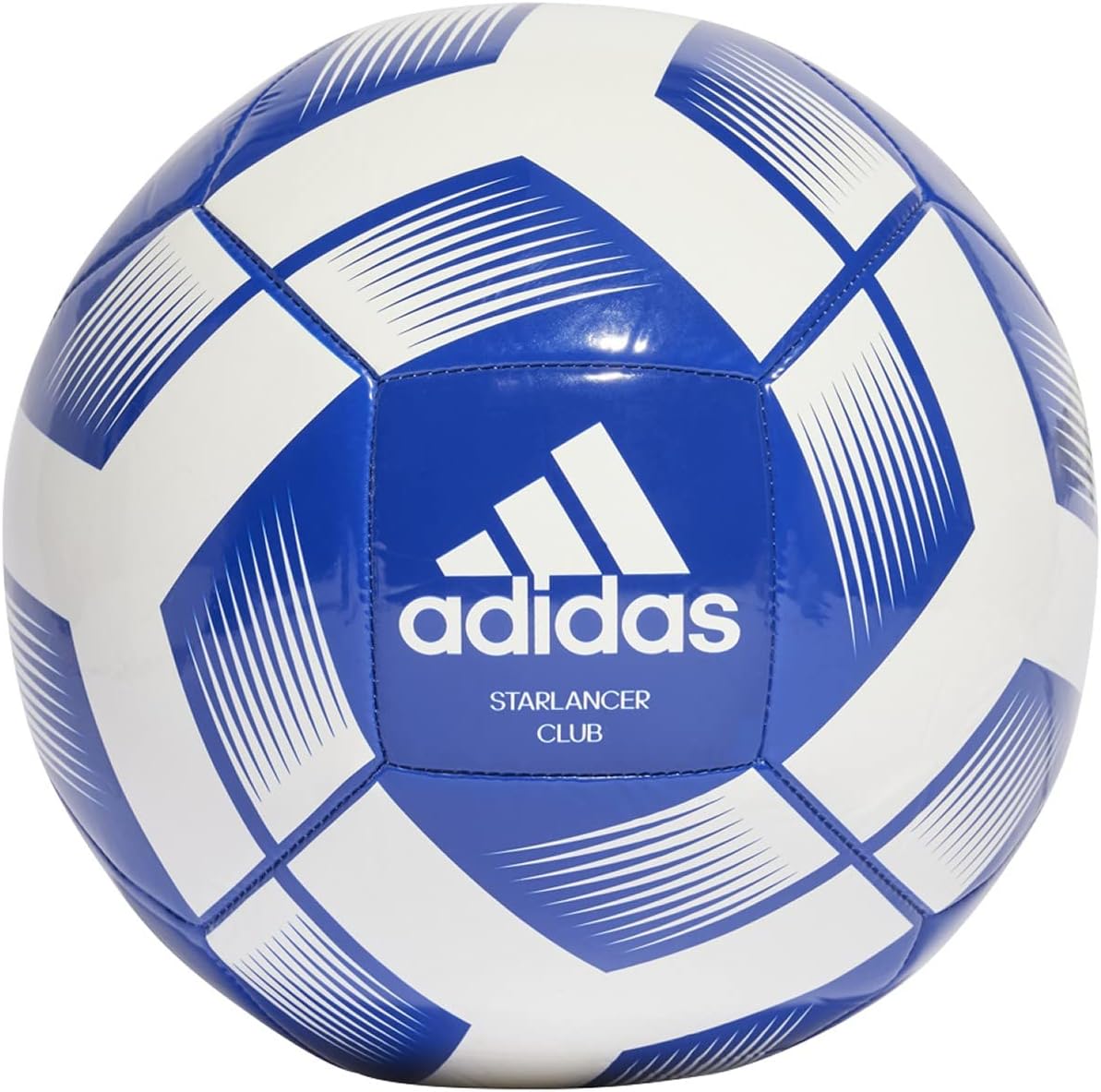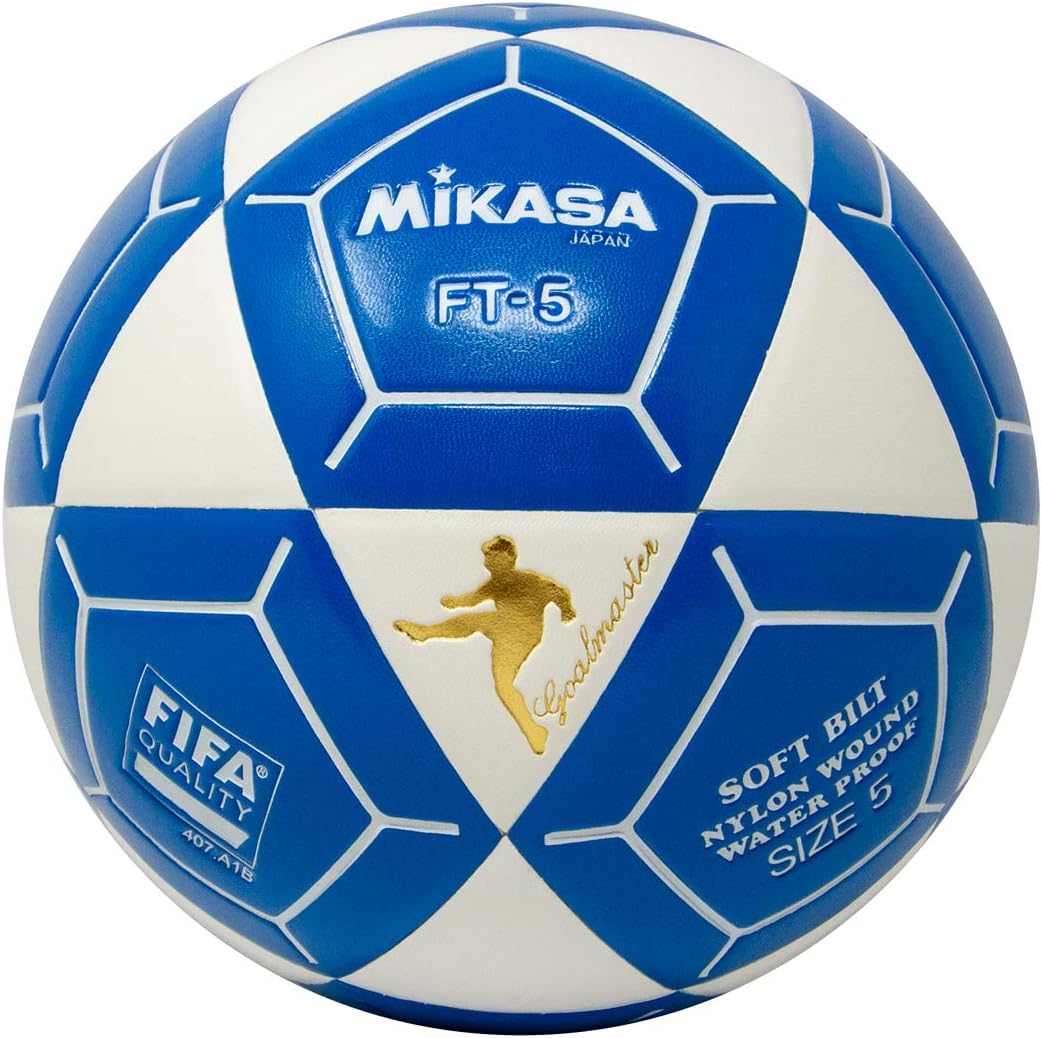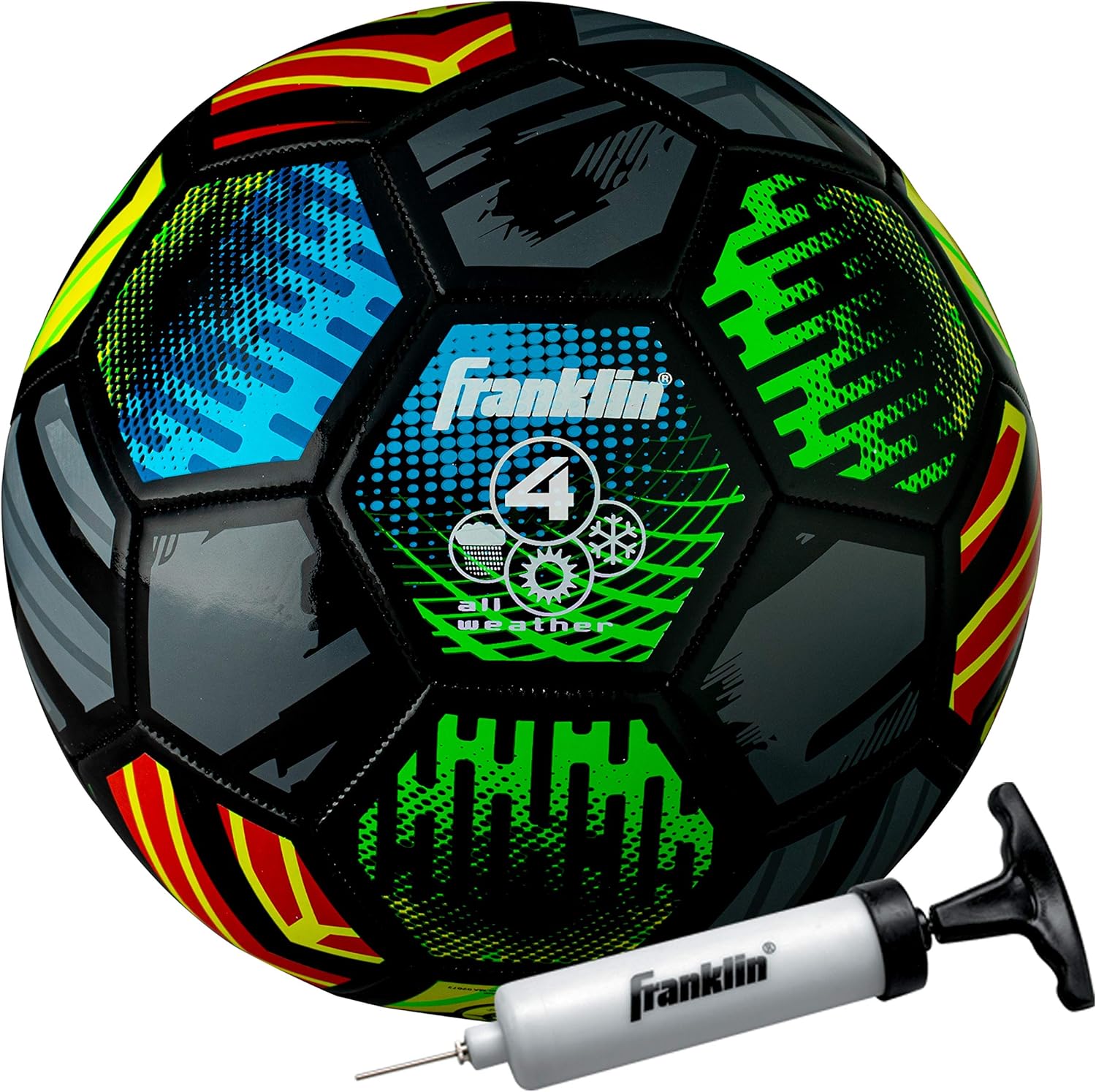Soccer Ball is one of the most popular sports worldwide, with a vast audience base for both leisure and professional matches. If you are a soccer ball fan or just want to play soccer ball in your spare time, then choosing a good soccer ball is crucial to ensure that you have a great experience on the field. A good soccer ball can make a significant difference in your game play, affecting factors such as control, accuracy, and distance. Therefore, it’s important to take the time to select a soccer ball that suits your needs and preferences.

Soccer Balls Size
1. Common soccer ball models and their sizes
No. 1 soccer ball:Diameter is about 8 cm
Due to its small size, it is not suitable for kicking, but is more used as a display, a children’s toy or a teaching mini model.
No. 2 soccer ball:Diameter is about 15~16 cm
Suitable for children aged 2~5 years old.
No. 3 soccer ball:Diameter is about 18 cm
Suitable for teenagers aged 5~12 as a training ball or a match ball.
No. 4 soccer ball: Diameter is about 19~20 cm
Mainly for 5-a-side, 7-a-side events and indoor soccer ball, and also suitable for training and small-scale competitions for teenagers in junior high and high school age groups.
No. 5 soccer ball:Diameter is about 21~21.5 cm
It is a ball for formal adult competitions, including large-scale 11-a-side events, and is also one of the most common soccer ball. According to FIFA regulations, the diameter error of No. 5 soccer ball is generally required to be within 0.2 cm, that is, 20.8~21.2 cm, and the circumference is between 68.5 and 69.5 cm.
No. 7 soccer ball:Diameter is about 24 cm
Because of its size close to basketball, it is not suitable for training or competition, and is more used as a decoration or prop.

2.FIFA’s regulations on match balls
For the No. 5 soccer ball used in official matches, FIFA also has the following specific regulations:
Weight:no more than 450 grams (16 ounces), no less than 410 grams (14 ounces). Some standards may be more stringent, such as requiring between 420 and 445 grams.
Circumference: no longer than 70 cm (28 inches), no shorter than 68 cm (27 inches).
Water absorption: the weight of the ball does not increase by more than 10%.
The ability to maintain the shape and size of the ball: such as after 2,000 collisions at a speed of 50 kilometers per hour, the unique rebound performance does not exceed 10 cm.
Ball pressure: the ball pressure does not drop by more than 20%.
Shell material: It should be made of leather or other permitted materials.
The Construction Of A Soccer Ball
Soccer ball has evolved significantly over time, with modern soccer ball being made of synthetic leather, specifically materials like polyurethane (PU) and polyvinyl chloride (PVC), which are sewn or thermally bonded together to form a spherical surface. The inner lining between the sphere and the bladder, usually made of rubber or butyl rubber material, makes the soccer ball highly elastic.

According to FIFA competition rules, the ball used in the competition must be spherical, made of leather or other suitable materials, with a circumference of 68-70 centimeters, a weight of 410-450 grams, and an inflation standard of 0.6-1.1 standard atmospheres (600-1100 grams per square centimeter). These regulations have been in use since 1872 and have remained largely unchanged.
The construction of a soccer ball also has many details and standards, such as the elasticity of the soccer ball, the strength of its rotation in air, airtightness, and service life. The soccer ball approved for use by FIFA has undergone laboratory testing, covering indicators such as balance, rebound force, shape, flight trajectory, speed, and water resistance.
Soccer ball consists of four parts: outer skin, stitching, inner lining, and bladder. The quality of any part of the raw materials may affect the effectiveness of the ball. Layered professional soccer ball is generally made with four layers of lining, which helps the soccer ball maintain its shape. Compared to the past, modern soccer ball has fewer ball skins, with the number of leather used in international soccer ball matches ranging from 32 to 6, and there are no odd numbers yet.
As of 2014, the C60 soccer ball with 32 pieces of leather had the lowest flight resistance, but the 2014 Brazil World Cup “Samba Glory” and the 2018 Russia World Cup “New TV Star” were both composed of 6 pieces of leather, making it the soccer ball style with the least number of leather used and surpassing C60 to become the soccer ball with the lowest flight resistance.
The production process of soccer ball mainly differs in sewing techniques, which can be roughly divided into two categories: sewing and adhesive sewing. Sewing can be divided into two types: hand sewing and machine sewing, with machine sewing also being done manually using a sewing machine. The most famous soccer ball made using thermal bonding method may be the Samba Glory. In addition to thermal bonding, there is another method called Dual bonding (both bonding and sewing). The air valve in the soccer ball made by professional manufacturing technology, which has been treated with silicone, can prevent the ball from leaking and facilitate the smooth insertion of the air needle; The bladder is filled with compressed air. In order to reduce the elasticity of the ball, the bladder of indoor soccer ball and five-a-side game ball is filled with foam material.
Choosing The Soccer Balls
When selecting a soccer ball, there are several ways to check its elasticity and stability, which are important factors affecting the kicking effect. You can gently pinch the ball with your hand to check if its elasticity and stability meet the requirements. Additionally, you can gently kick the ball with your feet and observe whether the trajectory and rebound height of the ball are stable. Lastly, observe the appearance of the ball to ensure that the surface is smooth, uniform, without bubbles or defects.

Soccer Ball Maintenance Tips
To ensure the longevity and optimal performance of your soccer ball, follow these maintenance tips:

Air Pressure Management:
Inflate the soccer ball to the recommended air pressure as specified by the manufacturer.Check the air pressure before each use and adjust if necessary.
Usage and Protection:
Wear professional soccer ball boots to avoid damaging the ball’s surface.Avoid sitting on the soccer ball or placing heavy objects on it.Do not use the soccer ball in rainy or snowy weather to prevent corrosion.
Cleaning and Care:
Wipe the soccer ball’s surface with a dry cloth after each use to remove dirt and dust.For plastic soccer ball, avoid using cleaning substances with oil or solvents.Store the soccer ball in a dry, well-ventilated area, away from direct sunlight and sharp objects.
Repair and Maintenance:
Inspect the soccer ball for any air leaks and repair promptly using appropriate materials like latex or epoxy resin.Regularly check the valve, seams, and other critical areas for wear or damage.
How To Practice Soccer Ball ALONE
What Brand Of Soccer Balls Is Good?
1. Adidas
Adidas is known for producing the official match ball for the FIFA World Cup. Their balls are top-tier in terms of performance and durability. Models like the Adidas Telstar or the Adidas Al Rihla (used in recent World Cups) are excellent choices.
2. Nike
Nike is another leading brand in soccer balls, especially known for their innovative design and construction. The Nike Flight ball is designed to reduce unpredictable movement, making it a favorite among professional players.
3. PUMA
PUMA produces quality soccer balls that are often used in professional leagues. The PUMA Final 1 Statement ball is a high-performance option with excellent touch and durability.
4. Mikasa
Mikasa is known for producing durable, high-quality balls that are often used in training and recreational play. They’re a more affordable option while still providing good performance.
5. Franklin Sports
Franklin Sports is well-regarded for producing soccer balls with a consistent flight and excellent durability. Franklin Sports Mystic Soccer Balls is a popular model known for its reliability.








